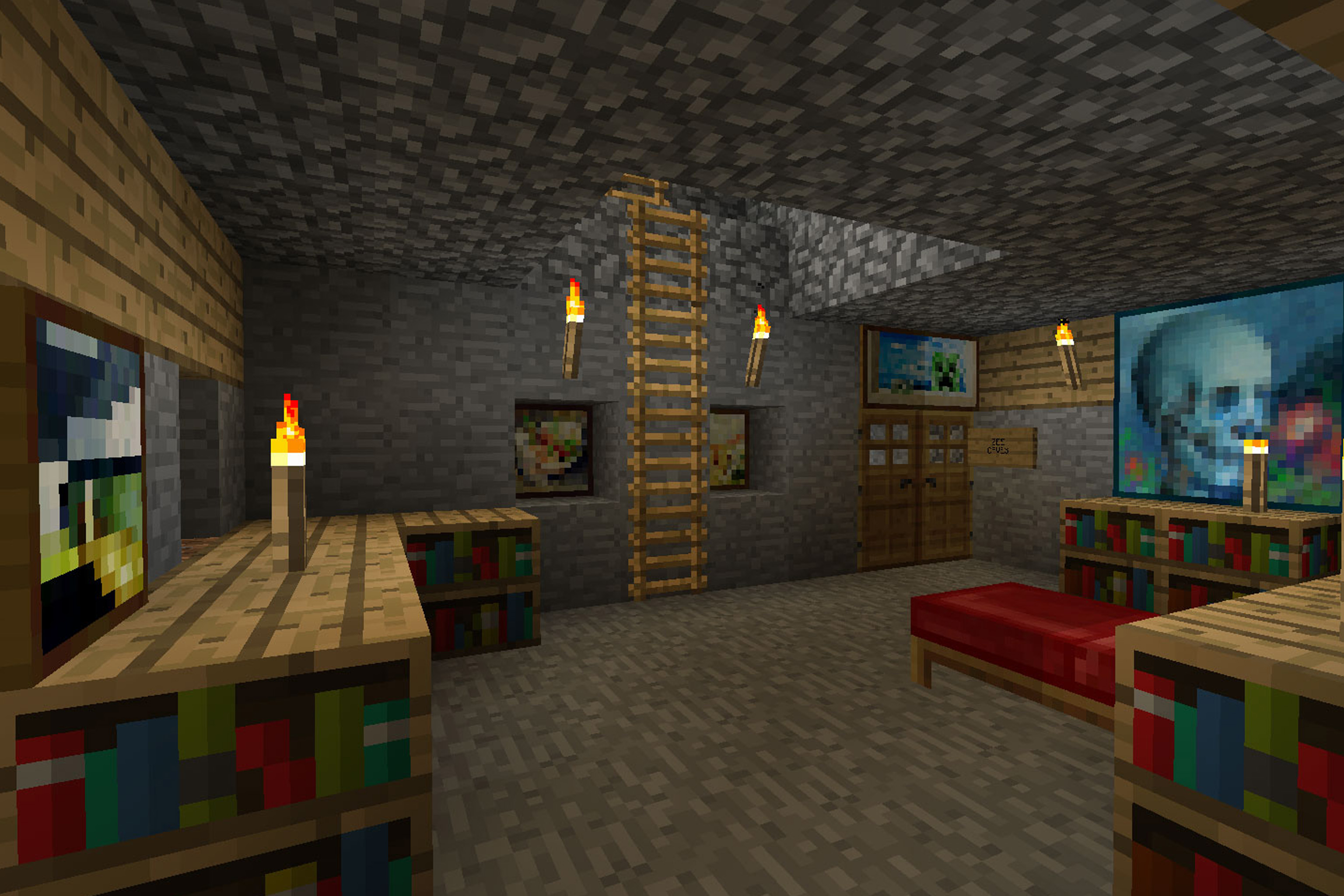Make a 3d model room
Design and build a small 3D model room from cardboard and paper, measure and cut pieces, assemble and decorate to scale with adult help.



Step-by-step guide to make a 3D model room
How To Make A Lego Teen Bedroom Set
Step 1
Choose which real room you want to make a mini version of.
Step 2
Pick a scale for your model such as 1:12 and write it down so you can keep sizes correct.
Step 3
Decide the model floor size in centimeters using your scale and write the measurements on paper.
Step 4
Use the ruler and pencil to draw the floor rectangle and three or four wall pieces to scale on the cardboard.
Step 5
Mark fold lines and where each wall will join the floor and other walls with your pencil.
Step 6
Ask an adult to help cut out the floor and wall pieces along your pencil lines.
Step 7
Fold the wall pieces along the lines and glue or tape the walls to the floor to make the room box.
Step 8
Reinforce the inside seams with extra tape so the room stays sturdy.
Step 9
Sketch simple furniture shapes to scale on cardboard or paper using your chosen scale.
Step 10
Cut out the furniture pieces and fold or glue them together to build tiny chairs tables and shelves.
Step 11
Decorate the walls and furniture with colored paper colouring materials and stickers or fabric scraps.
Step 12
Arrange your furniture inside the room and make small adjustments until it looks right.
Step 13
Take photos and share your finished 3D model room on DIY.org
Final steps
You're almost there! Complete all the steps, bring your creation to life, post it, and conquer the challenge!


Help!?
What can we substitute if we don't have cardboard, a ruler, or fabric scraps for decorating?
Use cereal boxes or poster board cut into panels for the floor and walls, a straight book edge or folded paper as a ruler to draw fold lines, and magazine cutouts or colored paper instead of fabric scraps for decorating.
What should we do if the walls sag or come apart when gluing or taping them to the floor?
Follow the step to reinforce the inside seams with extra tape and add small corner braces from scrap cardboard while the glue dries to keep the walls sturdy.
How can this activity be adapted for different age groups?
For preschoolers use pre-cut panels and big simple furniture shapes to glue and decorate, while older kids can measure in 1:12 scale, draw precise fold lines, and build detailed fold-and-glue furniture with fabric scraps.
How can we enhance or personalize the finished 3D model room?
Add battery LED lights, print real photos as wallpaper, create a removable roof for play access, and arrange different furniture layouts before taking photos to share on DIY.org.
Watch videos on how to make a 3D model room
Recreate Famous Art Masterpieces Using 3D-PEN || Decor, DIY, Painting
Facts about scale model making
✂️ Model makers live by "measure twice, cut once" — small measurement mistakes become obvious at scale!
📏 1:12 is a common dollhouse scale — 1 inch in the model equals 1 foot in real life.
📦 Corrugated cardboard was invented in the 19th century and is lightweight, strong, and perfect for cutting and building models.
🎨 Light colors and tiny patterns can make a miniature room look larger, while dark colors make it feel cozy and snug.
🏠 Miniature rooms and dollhouses have been popular collectibles and craft projects in Europe since the 1600s.
How do you design and build a small 3D model room from cardboard and paper?
What materials do I need to build a small 3D model room?
What ages is building a 3D model room suitable for?
What safety tips should I follow when helping my child build a 3D model room?


One subscription, many ways to play and learn.
Only $6.99 after trial. No credit card required



